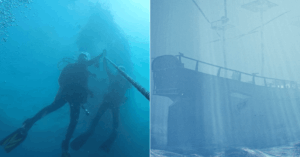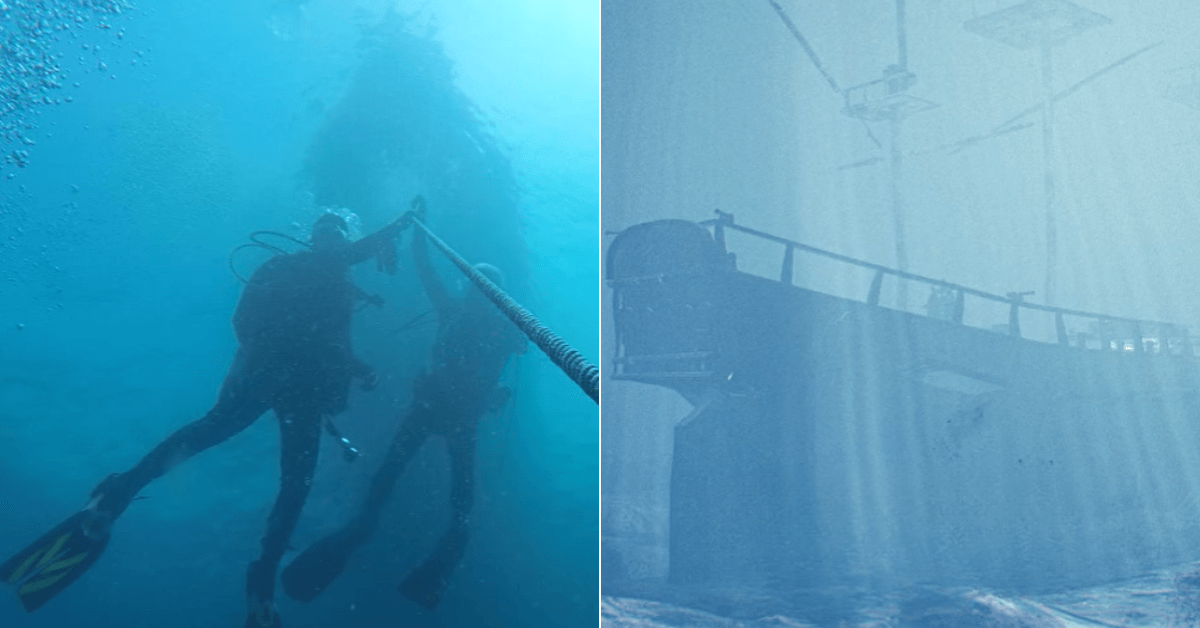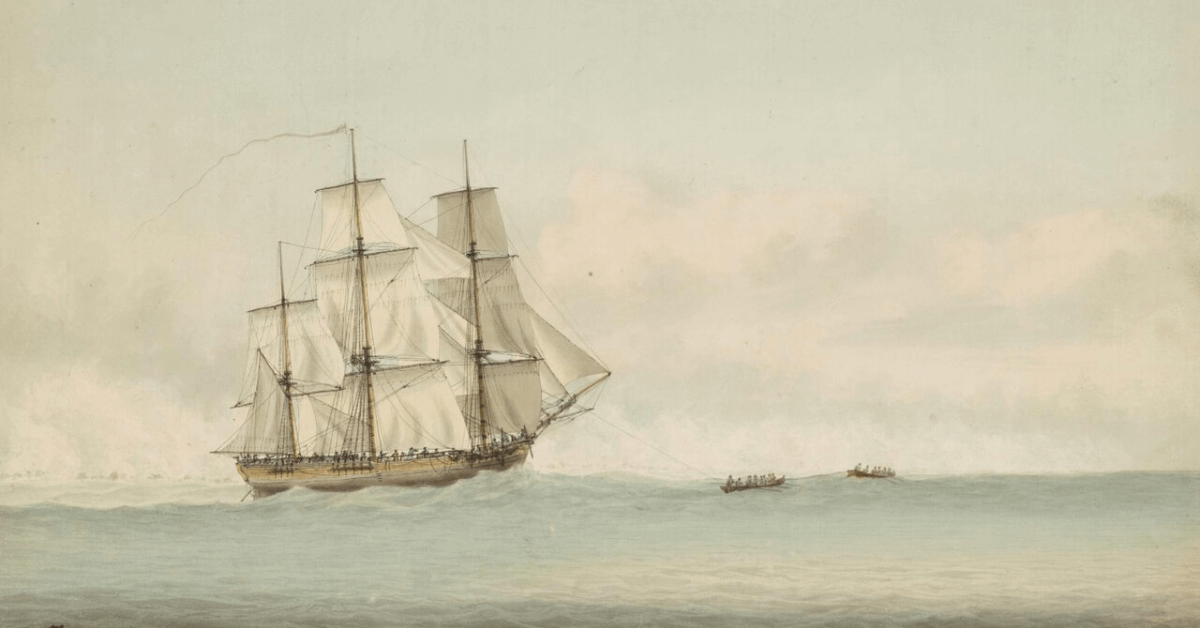
New Zealand To Ban Substandard Ships From Entering Its Ports
June 7, 2025
California Launches Largest-Ever Cleanup Of Abandoned Vessels From Delta
June 9, 2025

After 25 years of underwater research and historical investigation, the Australian National Maritime Museum (ANMM) has confirmed that the shipwreck site known as RI 2394 in Newport Harbor, Rhode Island, is that of Lord Sandwich, previously known as HM Bark Endeavour, the ship famously used by Captain James Cook during his first Pacific voyage.
This discovery, finalised in a report released on June 4, 2025, follows decades of international research involving both Australian and American archaeologists. The site is now regarded as the confirmed resting place of one of maritime history’s most iconic vessels.
Endeavour, originally launched in 1764 as the Earl of Pembroke, was renamed by the British Royal Navy in 1768. Under Captain Cook’s command, it undertook a global expedition from 1768 to 1771.
During this voyage, the vessel charted New Zealand’s coastline and mapped Australia’s eastern coast, contributing significantly to European exploration of the Pacific.
After returning to England, the ship was repurposed as a naval transport. It was later sold to private owners, renamed Lord Sandwich, and used to carry British troops to America during the War of Independence. In 1778, the ship was deliberately scuttled by British forces along with twelve other vessels to form a defensive blockade against American and French troops besieging Newport, Rhode Island.
The wreckage remained hidden underwater until it became the subject of a multinational search. The museum’s final report is the culmination of efforts started in 1999, when ANMM partnered with the Rhode Island Marine Archaeology Project (RIMAP) to begin investigations. RIMAP had already initiated claims over the sunken fleet, and U.S. federal courts assigned responsibility for protection and licensing to the Rhode Island Historical Preservation and Heritage Commission (RIHPHC).
Between 1999 and 2004, multiple expeditions used remote sensing, diving surveys, and sample analysis from several candidate wrecks, but none matched Endeavour’s specifications. A breakthrough came in 2016 when ANMM’s Dr. Nigel Erskine found archival records that narrowed the search area to the north of Goat Island.
Detailed underwater excavations between 2017 and 2021 focused on five wrecks, especially RI 2578 and RI 2394, both of which had promising features. However, only RI 2394 met enough of the agreed criteria, based on dimensions, ballast type, timber structure, and artefact evidence, to be identified as Lord Sandwich.
RI 2394 is 18.2 meters long and 7.3 meters wide, featuring a linear stone ballast pile, substantial timber frames, four iron cannons, and a lead scupper. These features closely match Royal Navy records from 1768, when Endeavour was first surveyed. The remains also show structural elements like paired and tripled floor timbers, precisely where the ship’s main and fore masts would have been, and a rare joint used in British shipbuilding called a scarph.

Timber analysis showed European oak and elm were used in later repairs, matching the Endeavour’s maintenance records from 1776 after it left naval service. Although no exotic wood from Australia or Indonesia was detected, the European timber confirmed that the ship had been repaired before its final mission in America.
The museum and RIMAP had agreed on a list of criteria back in 1999 and again in 2019 to help formally identify the ship. These have now been met under a “preponderance of evidence” approach. RIMAP is still studying other wrecks in the harbour, but no evidence in the past three years has challenged the identification of RI 2394 as the Endeavour.
The museum says the vessel holds deep historical and cultural value for Australia, New Zealand, the UK, the US, and Pacific First Nations. Ms. Daryl Karp AM, Director and CEO of ANMM, described the report as a milestone in maritime archaeology.
The report also acknowledges key contributions from the USA Bicentennial Gift Fund, which supported fieldwork, and from numerous specialists, divers, and historians across the globe.
Efforts are now underway to secure the highest level of legal and physical protection for the RI 2394 site, to preserve this historic wreck for future generations.
Reference: Australian National Maritime Museum
Source: Maritime Shipping News


